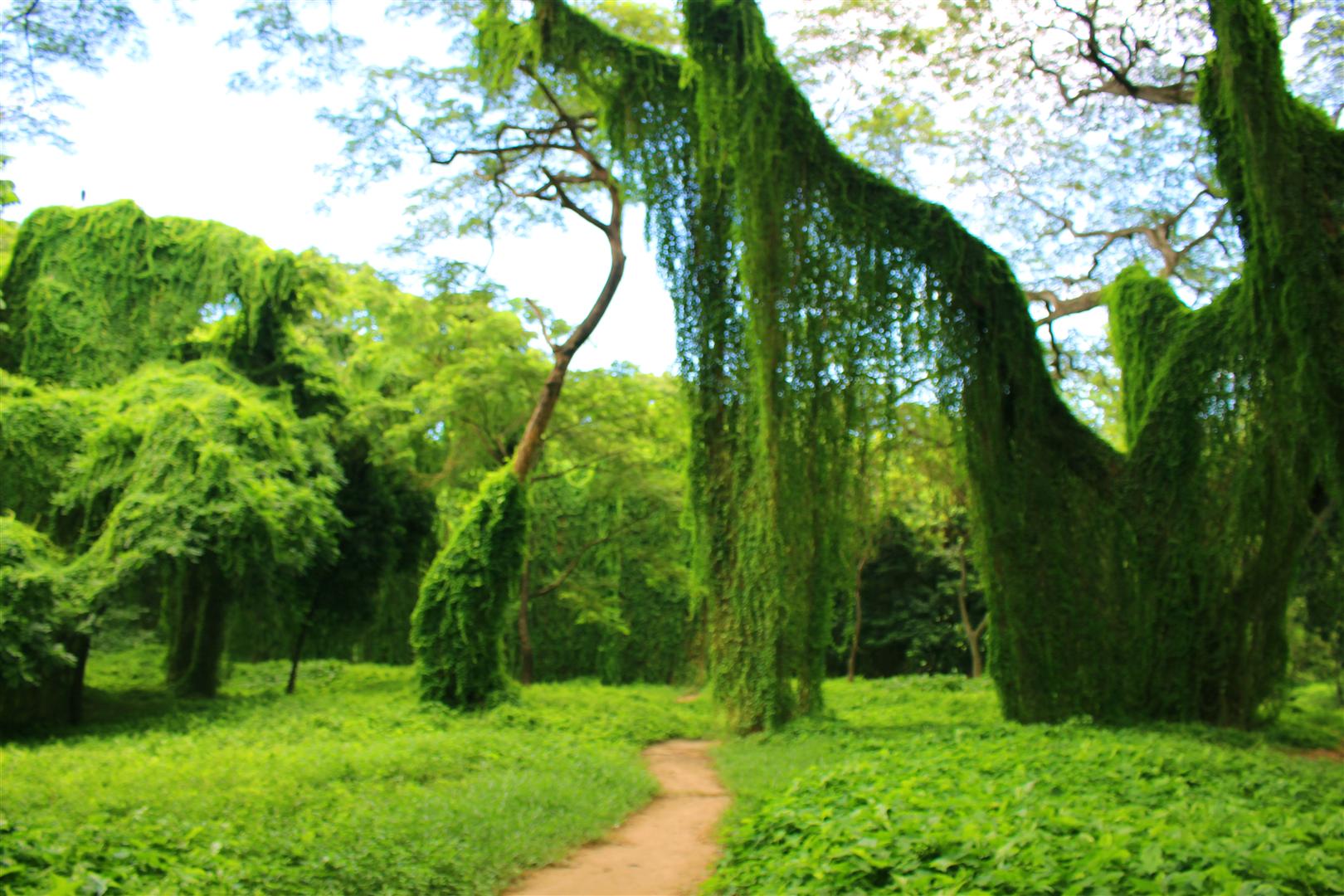It’s time for us to repay the help that trees give us

Author and biologist Amy-Jane Beer has written extensively on the natural world. She explains why trees are so integral to humanity – and why we owe our arboreal friends a debt of gratitude
When was the last time you thanked a tree? We owe them in more ways than one may imagine, starting with the oxygen in the last breath we took. A back-of-envelope calculation suggests that half a dozen mature oaks produce enough O2 to sustain an average human and lock away hundreds of kilograms of problematic carbon for centuries through photosynthesis.
Trees are also integral to maintaining the physical stability of the landscape. When their thirsty roots draw water from the soil, they make forested catchments much less prone to flooding than those dominated by other forms of vegetation, such as grassland. Conversely, in dry conditions, trees also protect soil and its moisture, their roots binding the earth, their canopies and fallen leaves shielding it from the desiccating and erosive influences of sun, wind and rain.
A home for wildlife
Trees offer abundant and varied lodgings for animals, along with bed and board for stupendous assemblages of other life. There are the leaf-munching, nectar-sipping, bark-burrowing and wood-boring invertebrates and the species that feed on them, from wasps to woodpeckers. There are browsing deer, plus small arboreal mammals and birds that nest in branch forks and holes or eat fruit and nuts or invertebrates winkled from crevices. There are spiders and mites, fungi and ferns, mosses and lichens. Several hundred different species inhabit an average English oak – and that’s before you rummage in the underlying leaf litter or seek out the life associated with the roots underground.
Our genetic ancestors consumed tree produce, and it’s been suggested our colour vision evolved as an adaptation to help us gauge the ripeness of fruit.
Circle of life
The work of a tree goes on even as it ages and dies. The holes and cracks that develop in older trees provide secure nesting and roosting sites for birds, bats and other small and medium-sized mammals. Standing dead wood is both habitat and sustenance to hugely complex biological communities, and fallen dead wood supports a different and even more diverse throng: bacteria, more fungi, teeming invertebrates and the animals that consume them, from centipedes to hedgehogs.
Left to decay naturally, the mortal remains of an individual tree become part of the extraordinary matrix of soil in which its relations, very likely its own offspring, continue to grow.
Materials and medicine
In addition to food, trees provide materials as diverse as cork, rubber, waxes and dyes, parchments and fibres such as kapok, coir, and rayon, which is manufactured from cellulose extracted from wood pulp. Then there are the medicines. Aspirin is derived from willow; the antimalarial quinine comes from the cinchona, or “fever tree”; the tranquilliser and antivenom reserpine from the serpent root tree; the chemotherapeutic Taxol from yew. Meanwhile, the leaves of the blackthorn-like coca, used in traditional treatment for a range of conditions, are the source of the flavouring of Coca-Cola and other beverages.
It’s time for us to repay some of the help that trees give us. But since many of the trees we continue to fell are older specimens, we must also understand what proper compensation looks like. Replacing a 150-year-old beech or even a youthful 50-year-old pine with a single sapling, with slim chances of growing to a similar age and stature, is an almost meaningless gesture. We should be planting, or encouraging the natural regeneration of dozens, or hundreds, even thousands of replacements for every mature tree felled to achieve some kind of balance. It’s the very least we can do.
Yorkshire Tea and trees
Yorkshire Tea is planting a million trees over five years – with a bit of help from the Woodland Trust, UK schoolchildren and Kenyan tea farmers.

































